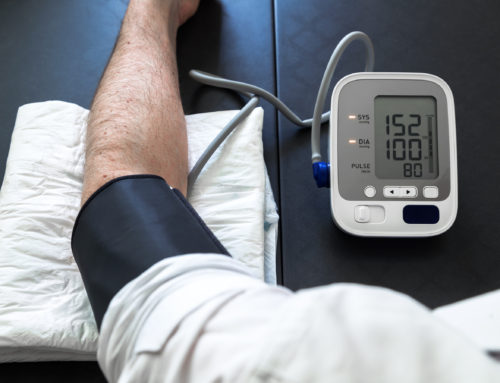Medical malpractice is a specialized type of personal injury case that is brought against physicians, hospitals, nurses, EMTs or other medical care professionals. It is a type of professional malpractice that applies only when a person is harmed in the course of receiving some type of medical treatment or medical care. Regardless of experience or skill, there are times when doctors fail to perform at a level of proficiency and professionalism. When this occurs and it results in an injury to a patient, patients may seek damages for medical malpractice. However, there are certain requirements to prove medical malpractice. Here’s a list of three requirements surrounding negligence.
- Duty of Care
It must be established that the defendant had a duty of care toward the plaintiff. A health care professional has a duty of care to avoid causing injury to another person when a person in the same circumstance would know that an action or omission may result in injury. While some cases may be clear cut, other medical malpractice cases may be more complicated. That’s why it’s important to have an experienced medical expert witness on hand.
- Breach of Duty
The plaintiff must also show that the defendant or defendants failed to carry out their duty of care. Specifically, it must be shown that the health care professional’s conduct fell below a generally accepted standard of care. Plaintiffs must present this by the testimony of another medical expert qualified in the same category of medicine as the defendant. It is the medical expert who indicates what level of care is commonly met by those in the profession who are competent and qualified to practice. The medical expert’s testimony also includes explaining how the defendant failed to meet the accepted standard of care. Breach of duty includes common categories, such as misdiagnosis, improper care, neglect, medication errors and an unclean environment.
- Causation
The plaintiff must show that the negligence was the direct cause of some kind of injury or damage. It can be the hardest thing for the plaintiff to prove. It gets a bit tricky because hospitals or doctors may argue that injury would have occurred without negligence. For example, a physician who fails to diagnose cancer may argue that the cancer was terminal even if it was diagnosed earlier. Hospitals may argue that the patient just had a compromised immune system and would have gotten an illness like pneumonia no matter how careful they were ir how sanitary the room was. If health care providers can establish that the end result would have been the same as with proper care rendered , the plaintiff cannot recover damages even if negligence did occur. Plaintiffs in medical malpractice cases need to gather as much evidence as possible to show the cause of their injuries, which should include medical records from documenting the proximate cause. Expert witnesses who are willing to testify in court that the plaintiff’s injuries were the direct cause of negligence are also critical part of demonstrating direct causation. Most states even require the testimony of a medical expert witness.
It’s important to recognize that there has been tort reform to limit medical malpractice damages, which results in damage caps. In addition, many medical malpractice end up getting settled out of court. The medical malpractice insurance carrier pays a set amount to damages in exchange for giving up future rights to sue.
If you believe you have been the victim of medical malpractice, it is in your best interests to speak with a qualified and experienced malpractice attorney. Proving malpractice and negligence can be very complex, and an experienced attorney can help you to gather the needed evidence and to find the required expert witnesses so that you are able to be fairly awarded for any injury that occurred as a direct result of a healthcare professional not being careful when rendering health care services.




























